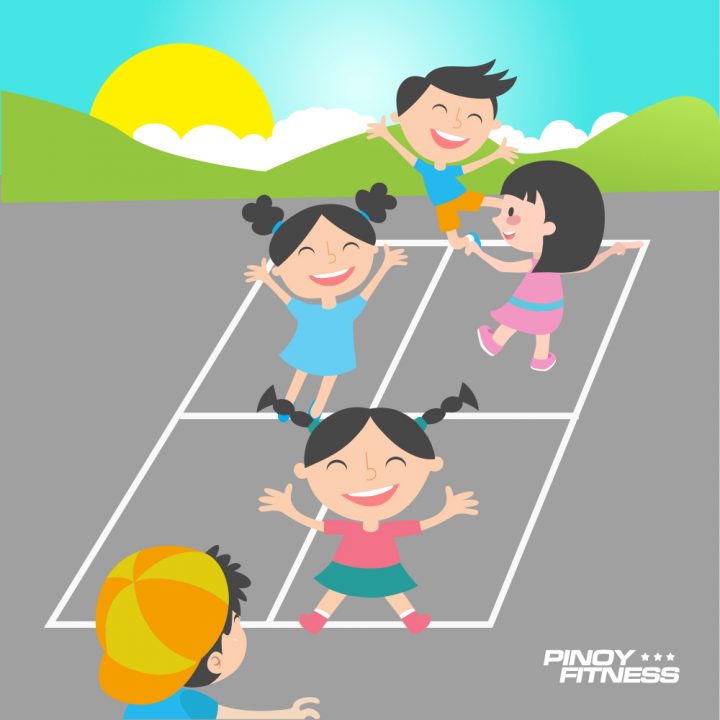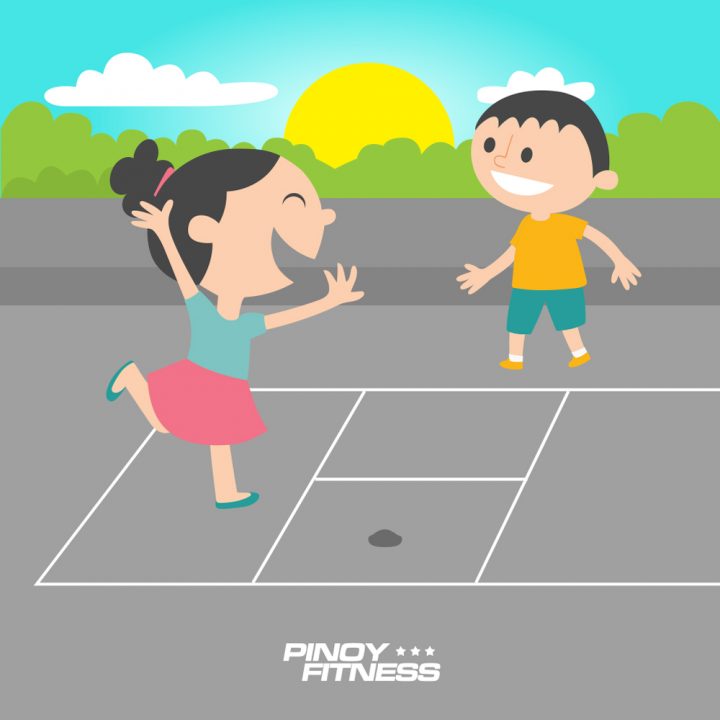
7 Pinoy Games We Wish To Play Again
Before the age of technology, kids would just go outside and play with their friends and go home before dinner time. They would talk to their parents about their day, maybe even call their friend’s landline to bond some more, and sleep excitedly because they just can’t wait for another day to play with friends.
That was the life before. Simple, wasn’t it? No social media, no technology to dictate our lives. The trend of electronics definitely improved our lives, but — let’s face it –, sometimes, unnecessary stress comes with it that it makes us miss our childhood, miss the days where people truly socialized and not get distracted with their online lives.
With that in mind, you might have forgotten some of the games we used to play during our younger years. So let me take you back to memory lane and reminisce about the OG childhood games:

1. Patintero
Ah, yes. The ever-challenging Patintero. This game requires teamwork and incredible agility. To play this game, you would need a good strategy and a towel to wipe off your sweat!
Mechanics:
1. Form two teams (guards and passers)
2. Guards will be stationed on three lines (one per line) and passers will stay at the starting line.
3. The goal of the passers is to pass by the guards without being tagged. Take note that guards cannot leave the lines; they can only move along their designated lines. For passers, they are required to move within a time frame (e.g. three minutes per station). If they failed to move by that time, they get eliminated.
4. Passers who manage to run back and forth will get a point; alternatively, if guards tagged all passers, guards win the ground.

2. Piko
Pico may be mistaken for a girl’s game, but it’s actually a game for all. Here, you would need balance and accuracy when throwing your marker.
Mechanics:
1. This game can be played alone or by group.
2. Player/s need to draw a diagram that goes like this “small box 1, small box 2, small box 3, rectangle halved to 4 and 5, small box 6, rectangle halved to 7 and 8, small box 9, rectangle 10.
3. First, player/s must throw the marker (can be a stone, tile, anything solid) in ascending order; so he/she will start by throwing his/her marker on 1.
4. Then, he/she must not step on 1 and proceed on jumping with one leg on 2, one leg on 3, right left on 5 & left on 4 simultaneously, one leg on 6, right left on 8 & left on 7 simultaneously, one leg on 9, and both legs on 10. Take note that a player must only choose one leg to use!
5. Upon reaching 10, he/she must jump around and go backwards.
6. When he/she reaches 2 (the box after where he/she threw the marker), he/she must pick up the marker, then jump back to the starting point.
7. The game continues until the marker is thrown at rectangle 10.
8. Player/s who stumble, failed to throw the marker to the corresponding number, failed to retrieve the marker must skip his/her turn.

3. Tagu-taguan
This is an all-time classic, Tagu-taguan makes use of the place the children are playing it in order to hide from the person who is ‘it’. Here, you practice stealth and creativity!
Mechanics:
1. Decide among your group who is the first ‘it’.
2. The it person gets to decide a base and, from there, he/she closes his/her eyes while counting to 60. By that time, other players must find a place to hide.
3. After the countdown, the it person will find the other players. If he/she located a player, he/she will shout the name of the person seen., then that person will be the next ‘it’.
4. Hiding players can save themselves by touching the base while the it person is looking. Once they save themselves, they cannot be called.

4. Ice-Water
Similar to the tagging game, Ice-Water requires more strategy and a whole lot of chasing. Again, prepare an extra shirt for this challenging game!
Mechanics:
1. Decide among your group who is the first ‘it’.
2. The players station themselves and once the game begins, the it person get to tag a person while saying “ice!”
3. When a person is ‘ice-d’, he/she must not move. The goal of the game is for the it person to ice all other players.
4. To save a person who is ice-d, other moving players can tag them and shout “water!”, then that ice-d person can move again.
5. Once the it person ice-d every player, he/she will say “Viva ___” (any action. E.g. viva jump!)
6. Last one to do the viva challenge becomes the next ‘it’.

5. Luksong Baka
This game started in Bulacan. Luksong Baka is composed of 3 to 10 participants where players are tasked to jump over other playings without falling over them. This game may sound hard or painful, but it’s definitely fun. Also, who knows, a long jumper/high jumper may arise from this game!
Mechanics:
1. Decide among your group who is the first ‘it’ or the “bakang lola (cow)”
2. The cow must bend down in kneeling position. Other players must jump over the cover without other physical contact (aside from touching the back of the cow) and without falling over.
3. Once all players are done, the cow slowly rises to give a higher jump to other players.
4. Player who falls over or touches the cow in other places will be the next ‘it’. Take note that this game is advisable to be played on a soft land like a grassy area to avoid injuries.

6. Sipa
Sipa is like the football back in the old days. They have light washer they have to kick upwards as many times as they can in order to win. Sipa is incredibly difficult and you would need to balance your leg strength so you would not kick the washer too low or too high and would still be able to catch it.
Mechanics:
1. Create a washer. Typically, these are soft balls that are light enough to kick around.
2. Players have one turn to kick the washer as many times as they can with their feet. Once the washer falls, that’s his/her final count and the other player begins his/her turn.
3. Player who kicks with the highest count wins.

7. Tumbang Preso
Personally, Tumbang Preso was my favorite childhood game. You just need a can and your slippers to play.
Mechanics:
1. Players who are participants must flip the can over and make it stand. Last player who fails to make the can stand is the guardian.
2. There are two boundaries in this game: the toe line (typically 4 meters away the center) and the center circle.
3. The toe line is the point where hitters can throw their slippers to the can in hopes to take it down. Crossing over the line will result to elimination.
4. The can is placed in the middle of the center circle. If there can is knocked down, the guardian must put in back to the center circle. Hitters, at this time, are tasked to retrieve their slippers. They can also kick the can some more so the guardian will have a hard time retrieving it.
5. For the guardian, once he/she retrieves the can, players holding a slipper inside the toe line may be tagged. Alternatively, if a hitter fails to retrieve his/her slipper, the guardian can step on the can while reaching for the slipper that is lying around. If successful, the player who owns the slipper is the new guardian. If not, hitters may continue with knocking the can down.
Times may be different now, but that doesn’t mean we can’t still play them! Now that you remembered how to play these games, go out and relive your childhood. You can even teach the younger generation to stop playing with their iPad and start playing with their body. It’s a fun form of exercising, too!
Let’s keep our unique Filipino culture alive. Let’s bring back the PINOY in Fitness. Share away to people you would want to play these games with again!









shatong game naman po
clip art